Different materials that are used to manufacture sanitary appliances are various depending on the types of features each one serves. In finding the right sanitary appliance for your purpose, you need to have information about the materials. The materials that are mostly used in manufacturing sanitary appliances are ceramic, fiberglass, acrylic, stainless steel, and stone resin. If you go to a shop that specializes in home improvements or begins your search for bathroom fixtures online, you will find that you have numerous options from which to choose.
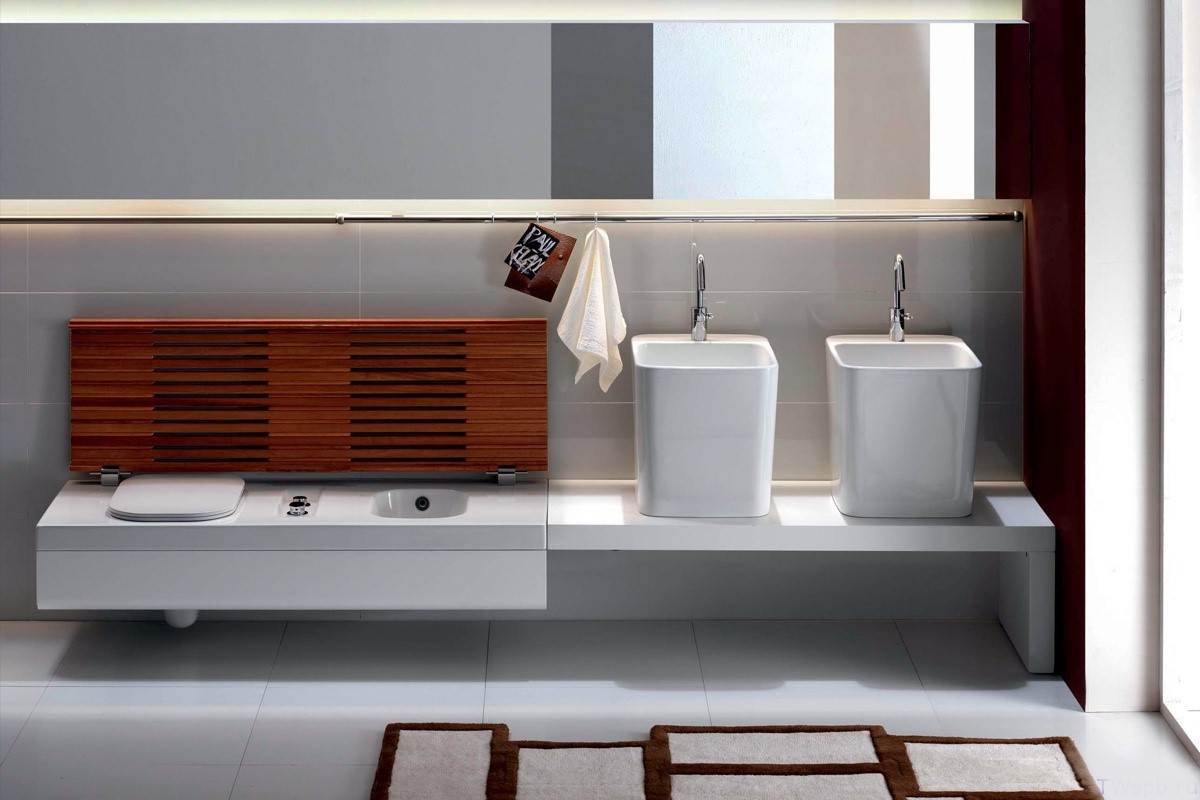 Sanitary ware
Sanitary ware
Fiberglass, ceramic, and porcelain are the three materials that are used the most frequently for the production of bathtubs, commodes, and sinks respectively. There can be a lot of advantages that come along with utilizing fiberglass in the bathroom, such as the fact that it is lightweight, has qualities that make it very durable, and can be molded into a big range of different shapes and sizes. It is sold at a broad variety of stores that specialize in home renovation, and it is available in a multitude of colors. If you ask a skilled plumber, they will likely tell you that fiberglass is by far the most common substance used in the construction of shower stalls and bathtubs. Because it seldom cracks or chips, fiberglass is the material that offers the most ease of maintenance and the greatest savings in terms of labor and materials. Even if you go with a different type of fiberglass, you will still be responsible for giving it a thorough cleaning. Cleansers that contain abrasives are ineffective on the matte-finished textured variety of fixtures as well as the gel coat-colored kind. The creation of ceramic components requires heating the clay first. Ceramic fixtures have an edge over fiberglass fixtures when it comes to being employed in a bathtub or sink due to the fact that ceramic fixtures are robust, sturdy, and have a greater thermal mass. Glazing may or may not be applied to ceramic surfaces, and this depends on the kind of fixture you have. After being glazed, it has an impermeable surface. Ceramics are built to last for a very long time and may be cleaned using any standard product that is intended for use in the bathroom. Many people even collect and recycle old ceramic fixtures, but you should be aware that ceramics from some sources may contain lead. This is something that you should keep in mind if you do any of these things.
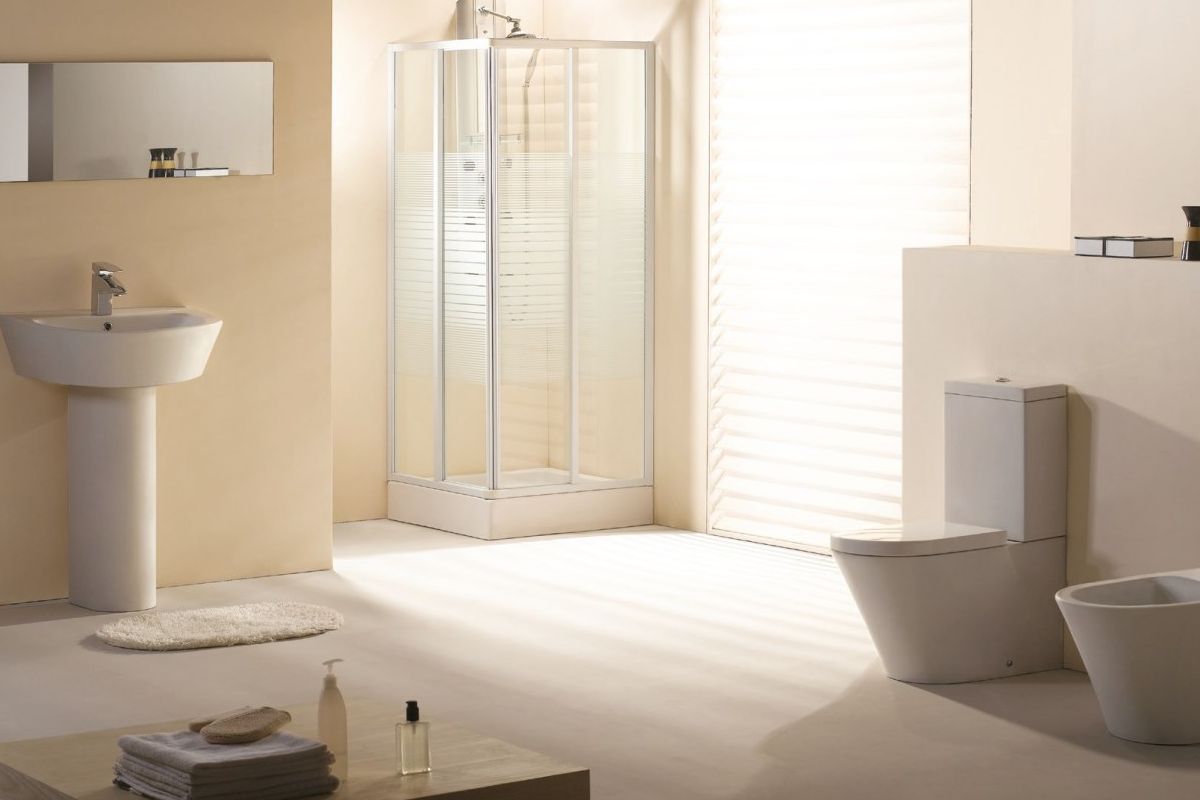 Sanitary wares industry brands
Sanitary wares industry brands
The most frequently asked questions (FAQs) about plumbing may be found online and can provide you advice on the safest ceramic sources to use as well as specifics on how to appropriately install them. Even while ceramic is subject to abuse and has the potential to chip or fracture, it is far less likely to suffer damage in these ways than enameled metal fixtures. Because porcelain and ceramic both originate from burned clay, some people consider porcelain fixtures to be a subcategory of ceramic fixtures. In contrast to pottery, they are created of a one-of-a-kind refined kaolin clay, which, on their own, renders them impermeable and watertight without the need for any glazing. They may be colored with glaze in the same way as ceramics can, and their naturally occurring appearance is glossy and translucent like that of milky glass. They also have a high level of longevity. Despite the fact that they are constructed out of a thick and hard material that is similar to glass, they have a high level of resistance to chipping and breaking. Even though it is substantially heavier than fiberglass, which might make it more difficult to install large fixtures, due to its high level of durability and resistance to wear, it is an excellent material choice for fixtures that are expected to undergo continuous service. Products and provisions for the healthcare sector are often crafted from acrylic, a type of man-made substance that was developed specifically for this purpose. Acrylic not only looks spectacular but also has a very extended shelf life. Because of this, bathtubs may be used for a long time without losing their ability to be easily cleaned and maintained and without compromising user safety.
A Sanitary ware board is a specialized form of a board that is used in the manufacture of sanitary goods such as bathtubs and other sanitary equipment. Casting plates used in standard production have a high molecular weight, but they also feature a cross-link. Ion exchange is the name of the chemical process that is utilized to make the plate more resistant to solvents and other typical home cleaning chemicals. By dyeing the sanitary ware grade sheet, one may assure that the finished bath’s surface will maintain the same color for many years to come. This can be accomplished by selecting stains with care. Acrylic board, in general, has a weak resistance to water; it fades fast, loses its sheen, and can even rupture if exposed to too much water. Due to its higher resistance to corrosion and discoloration, stainless steel is preferred over other types of steel due to its little level of chromium content. Stainless steel is an excellent material for sinks because of its durability and resistance to corrosion when both of these attributes are required. 60 percent of the average stainless-steel product is composed of recycled material and is made of stainless steel that is 100% recyclable. Despite its popularity in kitchens, stainless steel sinks are a great option for bathrooms as well. Stain-resistant stainless steel can withstand abrasive cleaning methods. As a result of its beautiful color and look, this type of sink may be used with a variety of countertop materials. Sinks made of stainless steel are extremely durable since they are crafted from high-grade stainless steel.
Even though stainless steel is impervious to corrosion and stains, it can still be scratched or scuffed if sufficient care is not given. Every day, use liquid soap and hot water to clean your stainless-steel sink, then dry it with a clean, soft towel. In order to prevent mineral deposits from accumulating, keep your sink dry at all times. To avoid rust stains on stainless steel, do not leave stainless steel cookware or utensils above the sink surface for durable periods of time. This composite material made of polyresin is extremely long-lasting and simple to clean up, and it has the appearance of a stone. Solid and consistently pigmented, the resin is a material that is frequently referred to as “man-made stone.” Because it can be cast into practically any form or size, the resin may be used to make a wide range of sinks and tubs that can be used in a bathroom. Resin’s surface does not have pores, so it does not absorb stains, and it does not scratch easily, so it does not change color. To keep the surface of your brand-new resin sink in pristine shape, you need to do nothing more than wipe it off with a dry, gentle cloth after each usage. The majority of dirt may be washed away with sufficient quantities of clean water. For more and better cleaning, make sure to use a cleanser that is gentle and designed for use on painted surfaces. It is best to steer clear of substances that are abrasive, acidic, or contain ammonia. With a solid surface, interior designers, architects, and even homeowners have limitless choices to create exactly what it is they are searching for in a space.  Because of its tremendous durability, repairability, and ability to regenerate, stone can have any damage done to its surface readily restored. Some sites have prepared a straightforward instruction manual for you to consult in the event that you are unsure how to properly maintain your stone basin or bathtub. Some solid-surface stone basins can also be attached directly to the countertop without any gaps to prevent water from pooling and the growth of bacteria. Because a solid surface is a non-porous material, this helps to prevent the growth of bacteria in the bathroom, which is important for maintaining a healthy environment. When polished to a mirror-like gloss, marble and granite reveal their natural beauty while also providing a pleasant experience to the touch. In addition to this, it is resistant to water and other liquids, as well as the majority of the chemicals that are often found in the average home. In addition, a solid surface is an inert substance that does not emit harmful gases and does not leak gas under normal circumstances. Burning solid surface results in the production of carbon dioxide as the principal by-product, and any smoke that is created does not include any hazardous gases. In conclusion, it is smart to pick the material of your sanitary ware depending on the appearance of your bathroom and the decorating, considering all the facts that have been given about each type of material used for sanitary ware. We are able to assist you in locating and selecting the most suitable sanitary gear for your particular requirements here at our business.
Because of its tremendous durability, repairability, and ability to regenerate, stone can have any damage done to its surface readily restored. Some sites have prepared a straightforward instruction manual for you to consult in the event that you are unsure how to properly maintain your stone basin or bathtub. Some solid-surface stone basins can also be attached directly to the countertop without any gaps to prevent water from pooling and the growth of bacteria. Because a solid surface is a non-porous material, this helps to prevent the growth of bacteria in the bathroom, which is important for maintaining a healthy environment. When polished to a mirror-like gloss, marble and granite reveal their natural beauty while also providing a pleasant experience to the touch. In addition to this, it is resistant to water and other liquids, as well as the majority of the chemicals that are often found in the average home. In addition, a solid surface is an inert substance that does not emit harmful gases and does not leak gas under normal circumstances. Burning solid surface results in the production of carbon dioxide as the principal by-product, and any smoke that is created does not include any hazardous gases. In conclusion, it is smart to pick the material of your sanitary ware depending on the appearance of your bathroom and the decorating, considering all the facts that have been given about each type of material used for sanitary ware. We are able to assist you in locating and selecting the most suitable sanitary gear for your particular requirements here at our business.
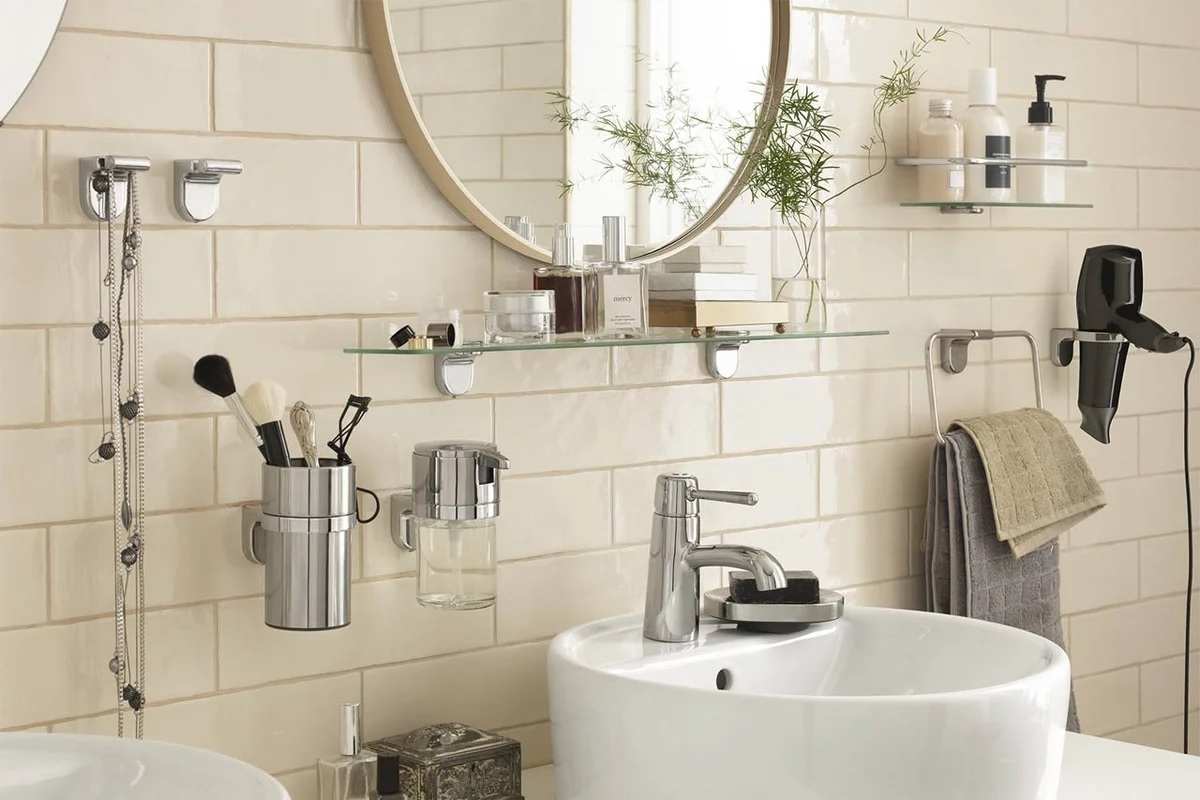
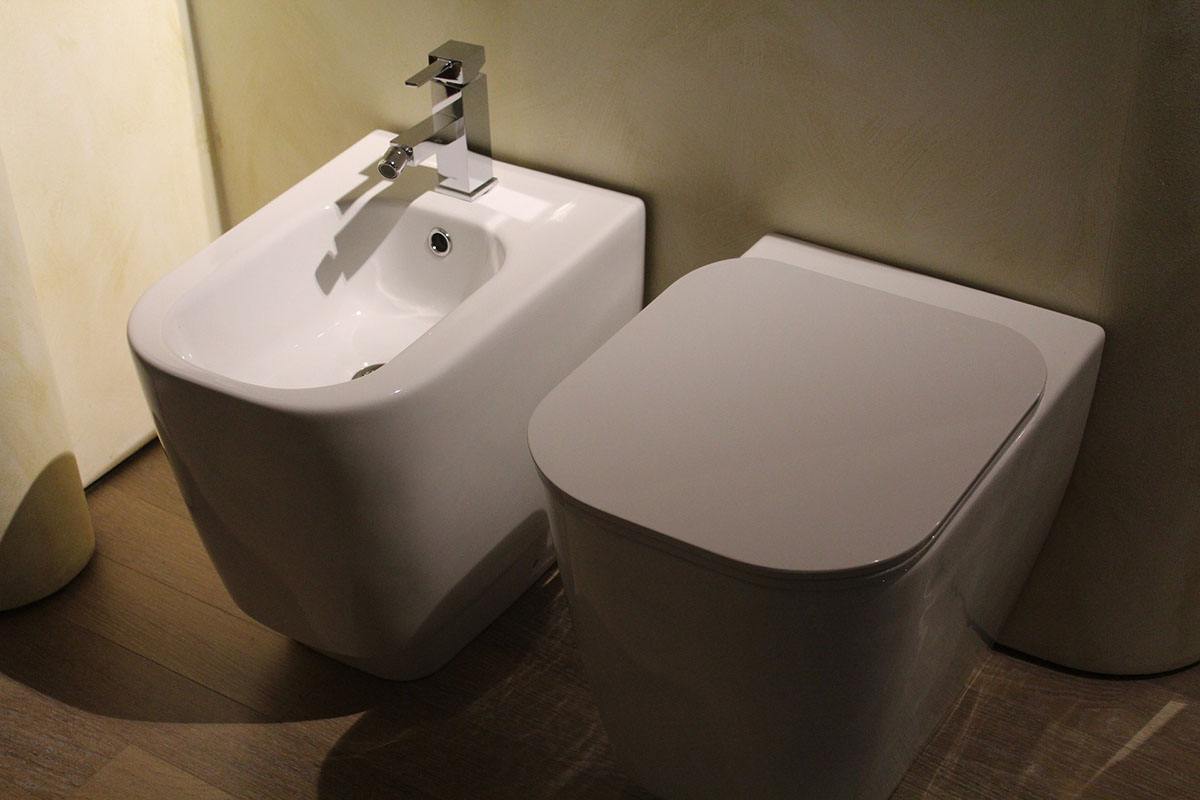
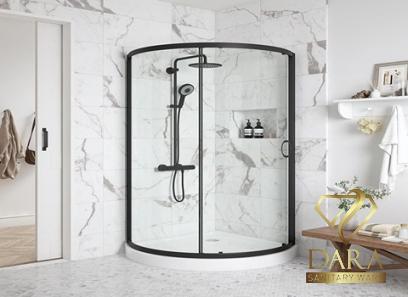

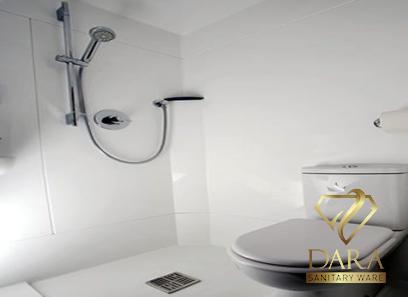
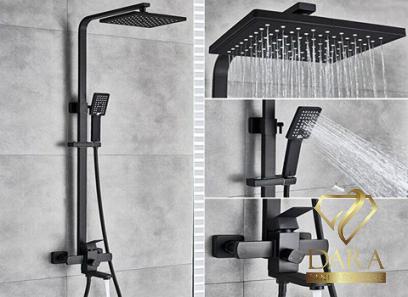

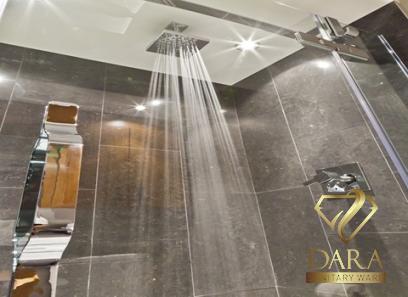
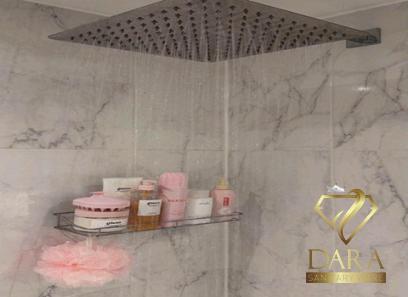
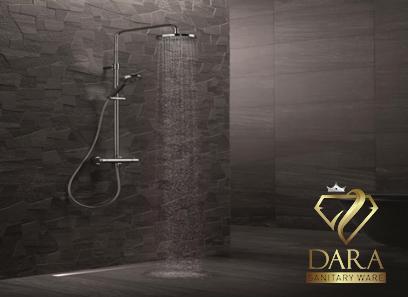
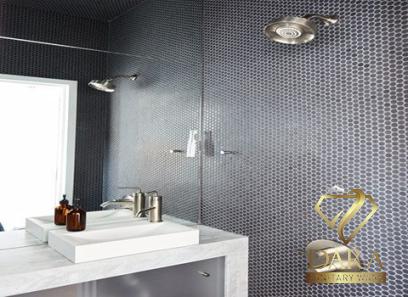
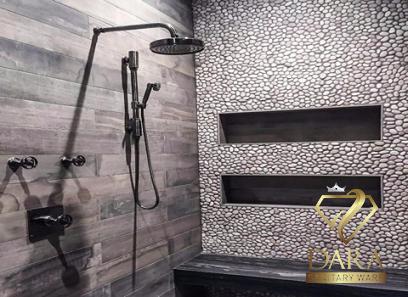
Your comment submitted.